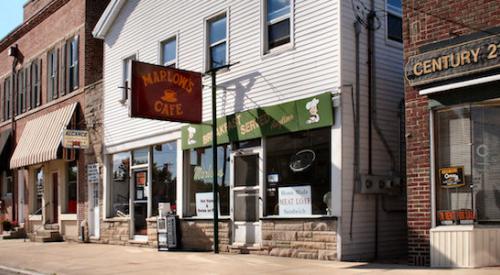Since urban centers became coronavirus hotspots, small cities, towns, and suburbs are trending. SmartAsset rounded up the most livable small cities in America and found small cities that have similar amenities to large ones can be attractive, less-dense options. The analysis compares 287 cities across the following 10 metrics such as concentration of entertainment establishments, restaurants, bars and healthcare establishments, and housing costs. SmartAsset evaluated each city in every category, then gave the city an average score. With affordable housing costs and many healthcare establishments, many Heartland cities came out on top. See if a small city near you made the top 25.
According to a 2018 Gallup report, approximately four in 10 Americans would choose to live in a town, a small city or a suburb of a small city as opposed to big cities and rural areas. As Americans look for places that fit their lifestyle while allowing them to sock away savings, some small cities – defined as having at least 65,000 residents but fewer than 100,000 – have similar amenities to bigger cities while still offering the community feel that small towns do. Small cities may be additionally appealing in light of the coronavirus crisis, as there may be more access to parks and outdoor spaces in places with lower population densities.
In this study, SmartAsset crunched the numbers to find the most livable small cities in the U.S. Entertainment establishments, restaurants and bars are slowly reopening nationwide and with that, more individuals will return to their daily routines. We compared 287 cities across the following 10 metrics: concentration of entertainment establishments, restaurants, bars and healthcare establishments; Gini coefficient (a measure of income inequality); home affordability; housing costs as a percentage of median household income; percentage of residents below the poverty line; percentage of residents without health insurance and average commute time. For details on our data sources and how we put all the information together to create our final rankings, check out the Data and Methodology section below.













